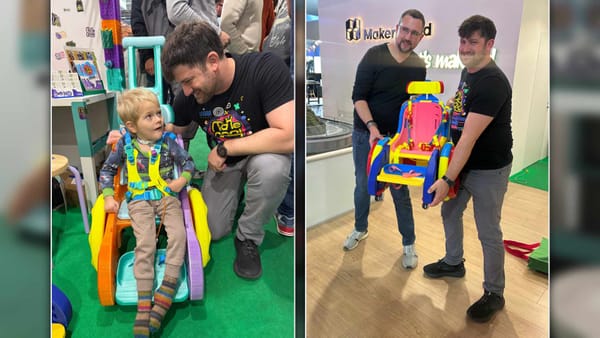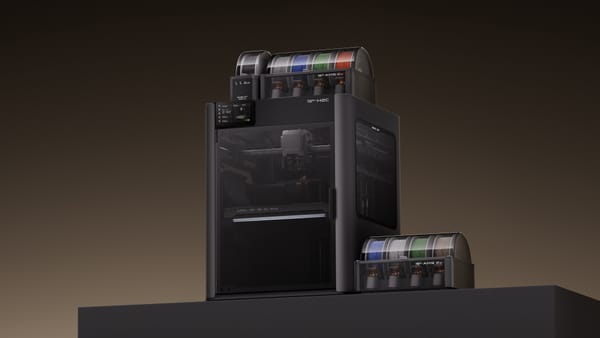Bringing ATLAS to Your Desk: 3D Models of CERN’s Detector Now Available on MakerWorld
Imagine holding a piece of cutting-edge physics history in your hands. Thanks to 3D printing and a dedicated CERN physicist, you can now do just that.
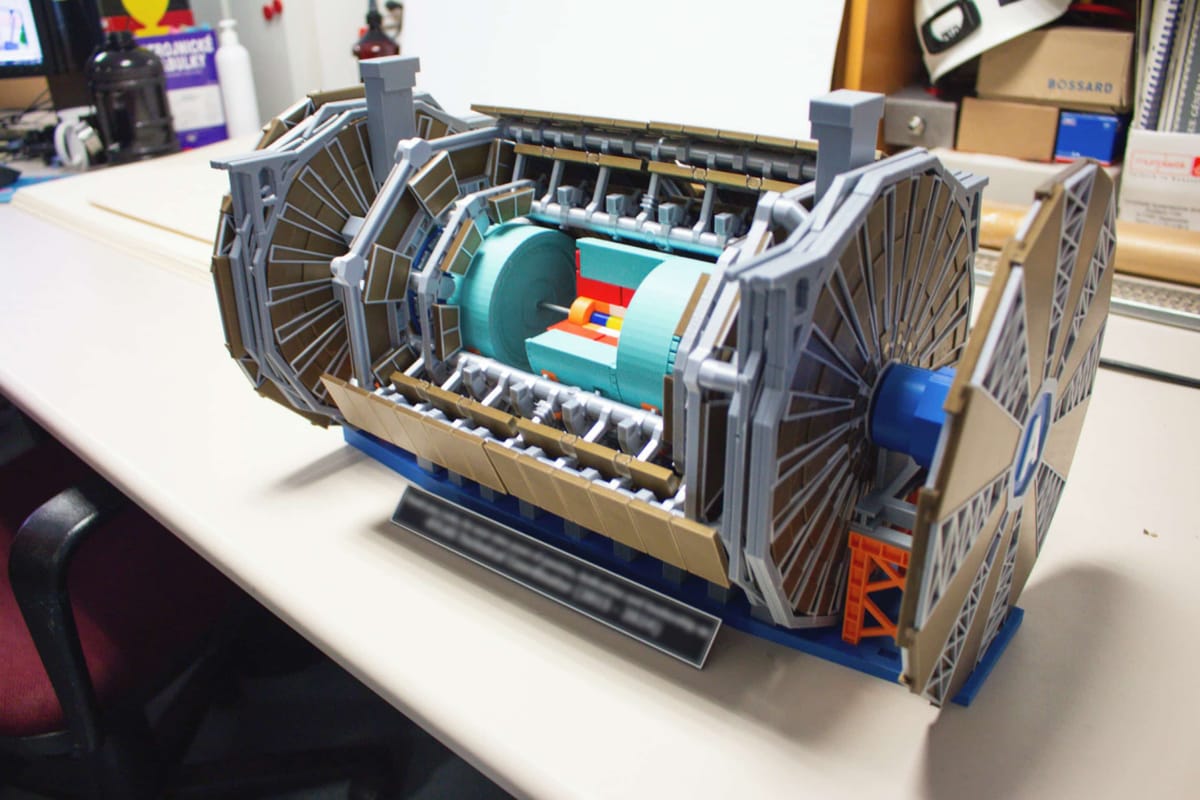
"With colleagues, we were joking about having a small detector in our office to explain better which part of the detector is being discussed to people who are not familiar with it. This is how my passion project started." – Jan Brajer, CERN Engineer
What’s the ATLAS?
The ATLAS detector is a colossal scientific instrument at CERN, the European Organization for Nuclear Research. Founded in 1954 and located near Geneva, CERN is home to the Large Hadron Collider (LHC) – the world’s largest and most powerful particle accelerator.
It’s where scientists study the fundamental building blocks of the universe and unravel its deepest mysteries.
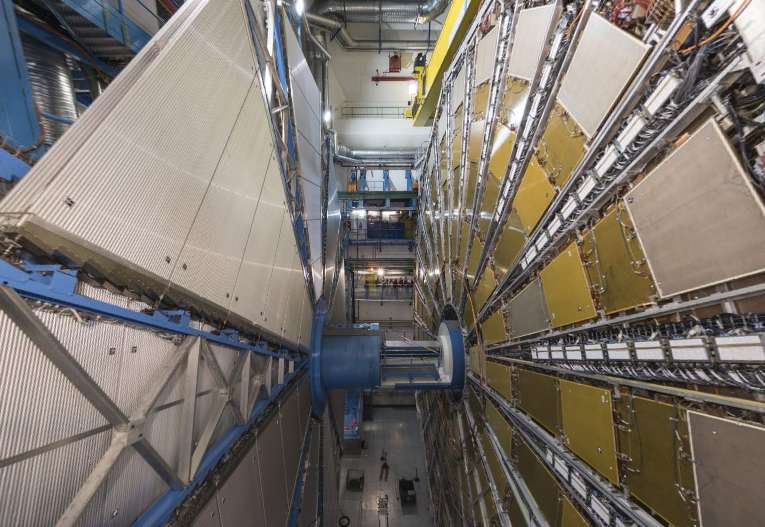
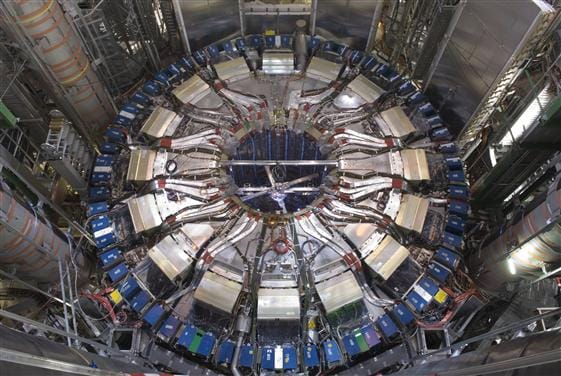
Left: Inside the ATLAS, from CERN’s virtual tour tool; Right: Calorimeter insertion between toroids in the ATLAS experiment detector (source).
ATLAS is the largest particle detector ever built, measuring 46 x 25 x 25 meters and weighing 7,000 - 9,000 tons. To put that into perspective, ATLAS is as tall as an 8-story building, as long as half a football field, and weighs as much as 1,200 elephants.
It operates as a sophisticated "camera" that captures and analyzes high-energy particle collisions produced by the LHC. These collisions recreate conditions similar to those just after the Big Bang, giving scientists a unique window into the origins of the universe.
The detector records the results of these collisions in extreme detail, helping researchers study phenomena like the Higgs boson – a particle that explains how everything in the universe gets its mass – and search for elusive dark matter, the invisible substance believed to make up most of the cosmos.
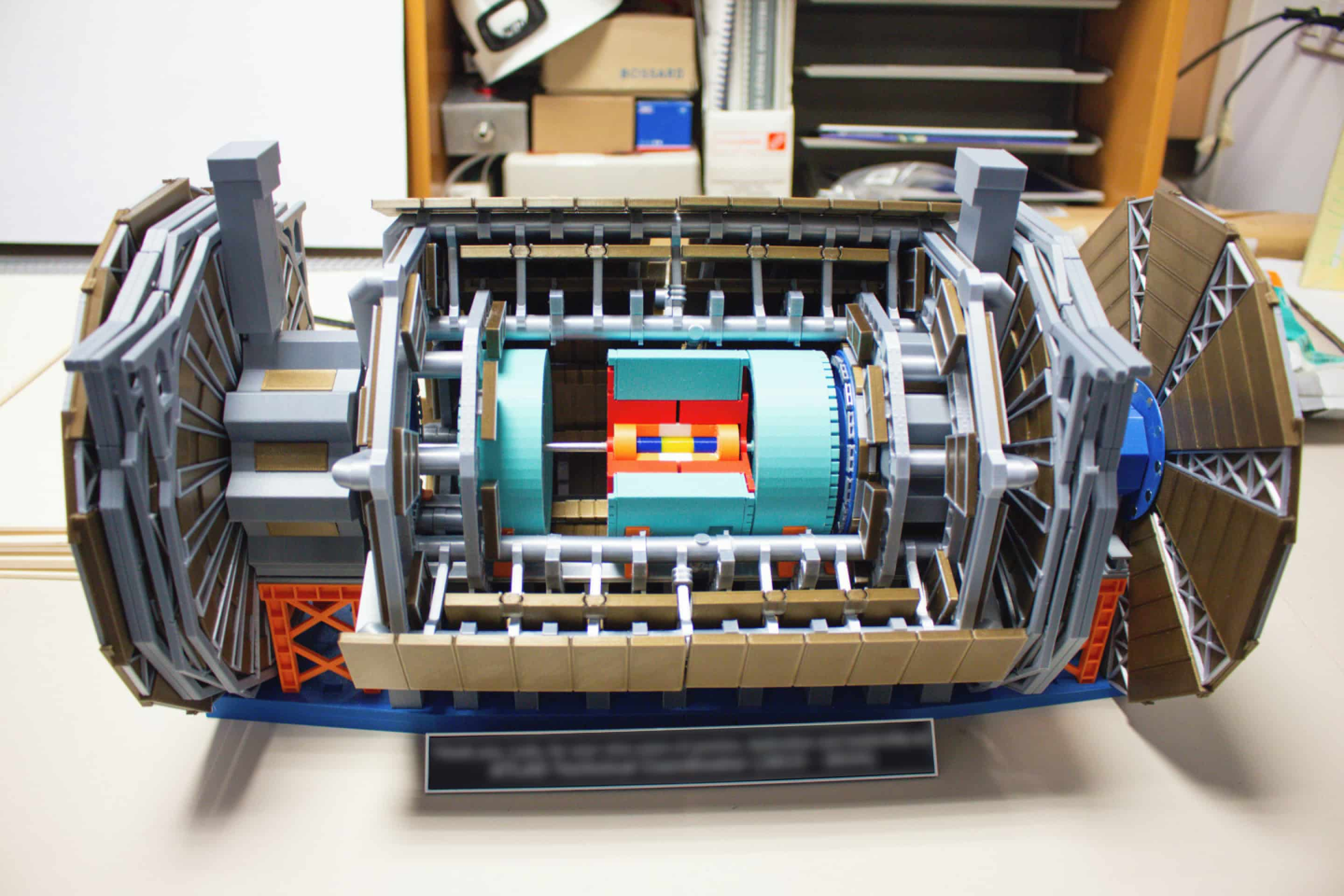
From Passion Project to Public Access
What started out as a joke between Jan Brajer, a member of CERN’s ATLAS Detector Operation group, and his colleagues, turned into a passion project. Word quickly spread and Jan was officially asked to create one as a retirement gift for the ATLAS coordinator.
He spent 6 months creating the 3D model, carefully replicating the ATLAS’s design. A process that wasn’t without its challenges.
"The hardest thing was probably creating the toroid structure and trying to balance printability and detail," Jan explained. "However, getting physically on spot and trying to measure some muon chambers was a close second."
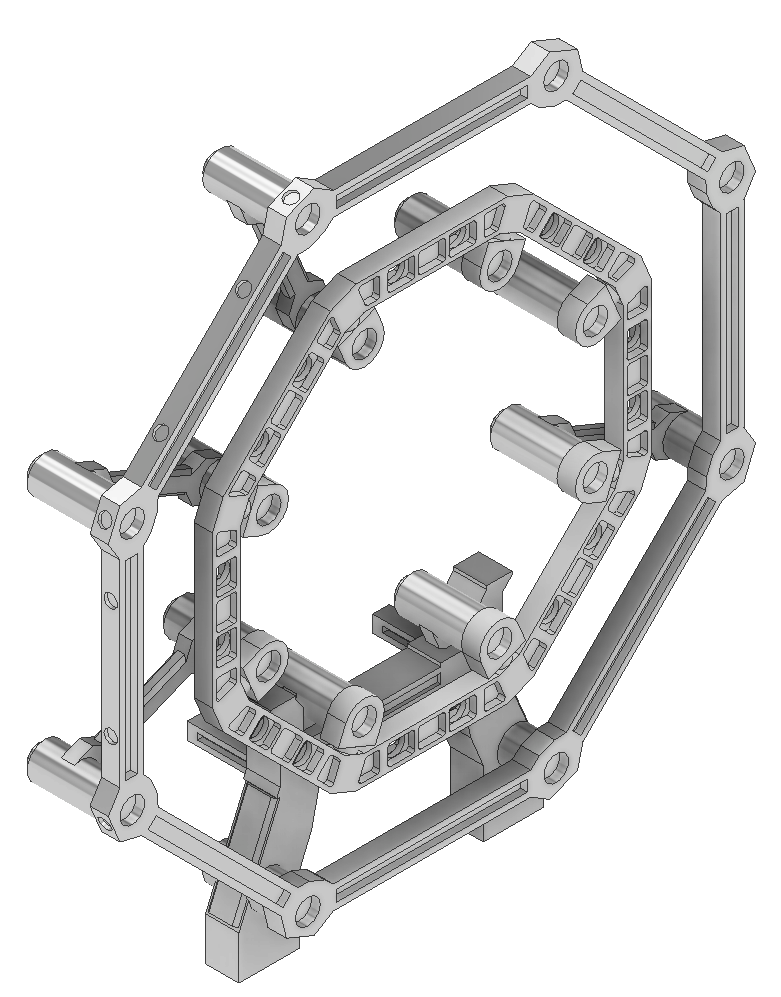
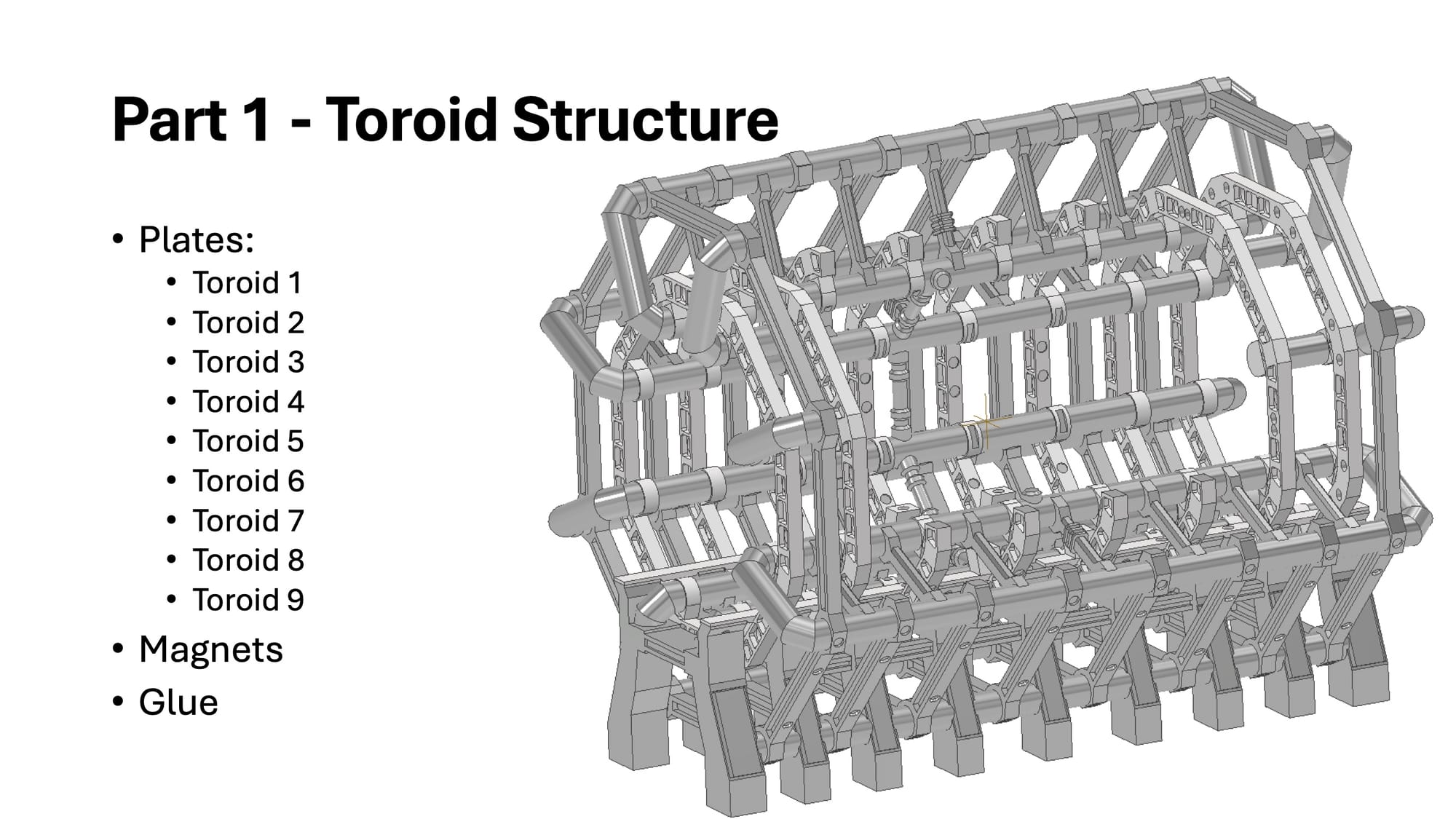
Left: 3D model of an individual toroid. Right: The full toroidal structure, with muon chambers (brown parts), from Jan’s assembly guide.
It featured over 200 parts and took 5 weeks of printing and assembly, using four 3D printers.
"Assembly was a nightmare, and I noticed many things that could be improved on the model," he said. “I was incredibly relieved when the model was given to its recipient and I no longer had to think about it”.
But the story didn’t end there! Several departments contacted him, asking if he could share the model for educational and promotional purposes.
A perfectionist, he wanted to rework and simplify the model before sharing it, dedicating countless hours to refining the design. Jan improved the original version by merging the number of muons to make assembly more manageable. He also adapted features like the barrel muon chambers for better printability, ensuring the model was easier to reproduce without losing its intricate details.
However, the project faced a major setback when Jan had a bike accident; he lost most of the data he had saved on a portable drive. Undeterred, he started over.
"Once I was healed, I started the journey all over again and, finally, one year later, I uploaded a model that I’m willing to present to the public," he shared.

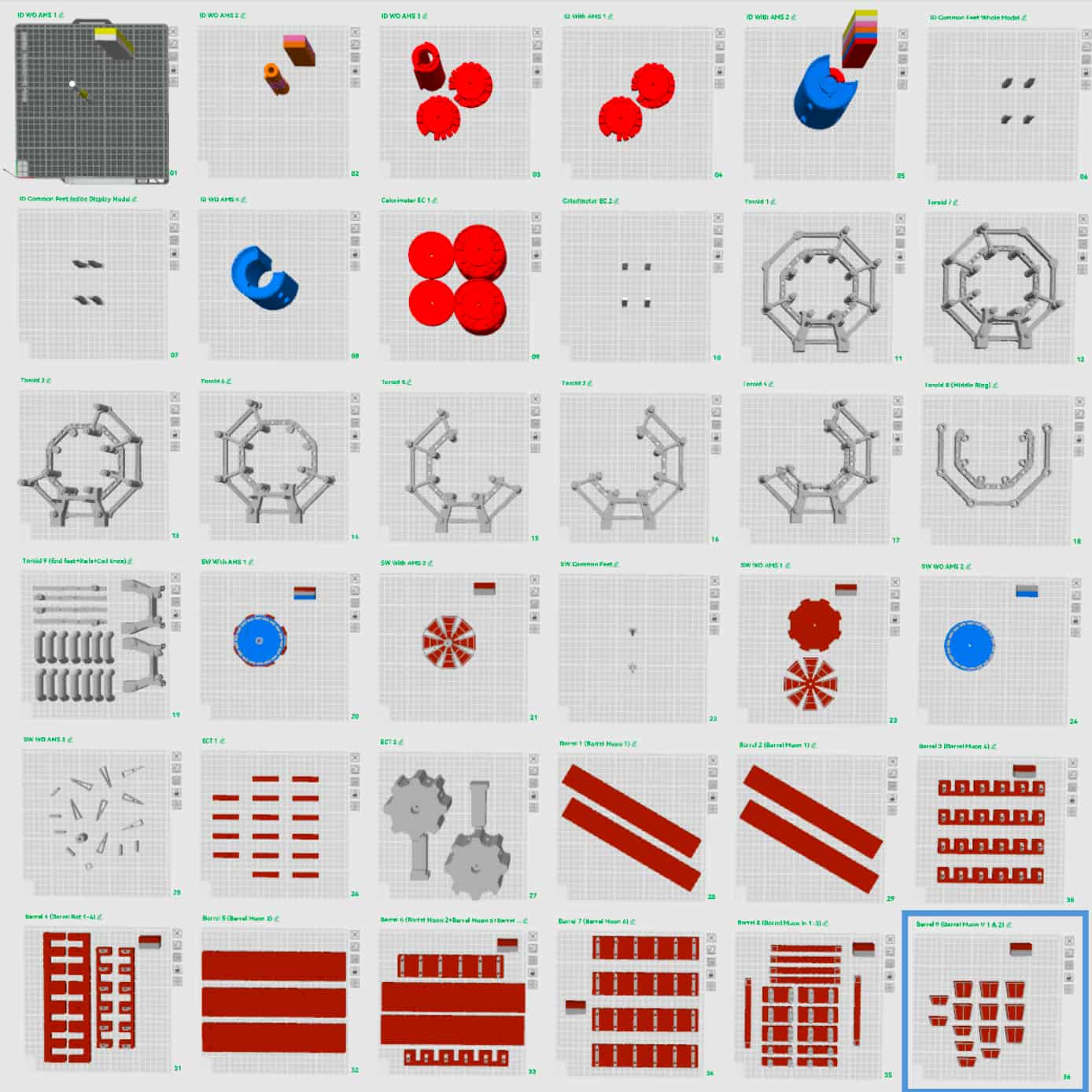
Left: The full CAD model. Right: All 36 plates of prints required for the ATLAS replica.
A Masterpiece Now Available for Everyone
Jan’s incredible 1:100 ATLAS model is now available on MakerWorld, where it won second place in our Physics Education contest. It’s truly a masterpiece. It represents months of design, countless iterations, and a very high level of commitment.
The ATLAS model is an ambitious print project, requiring 4 days and 6 hours of print time, 2 kg of filament, and 644 magnets (plus some glue) for assembly– a rewarding challenge for any maker.
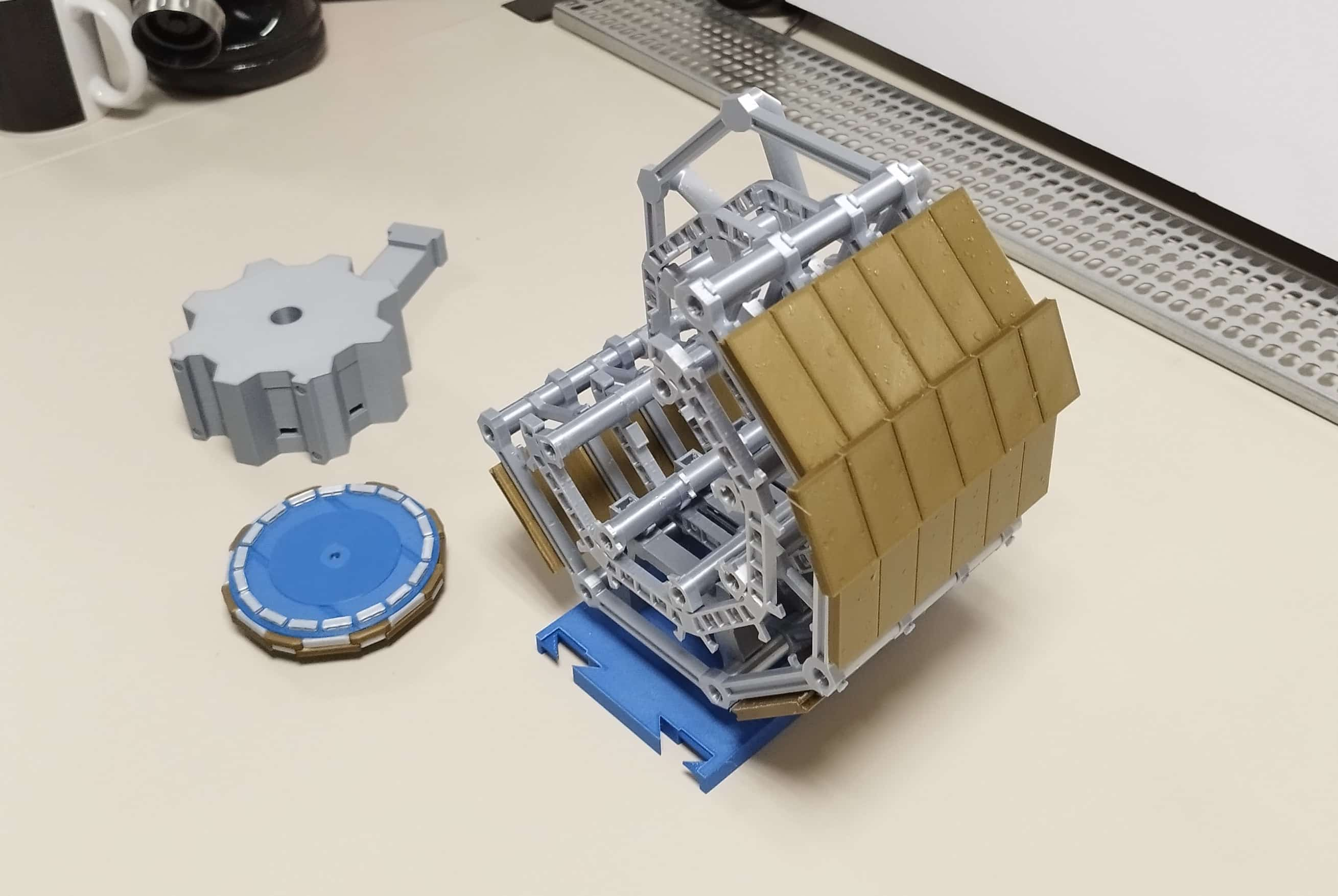
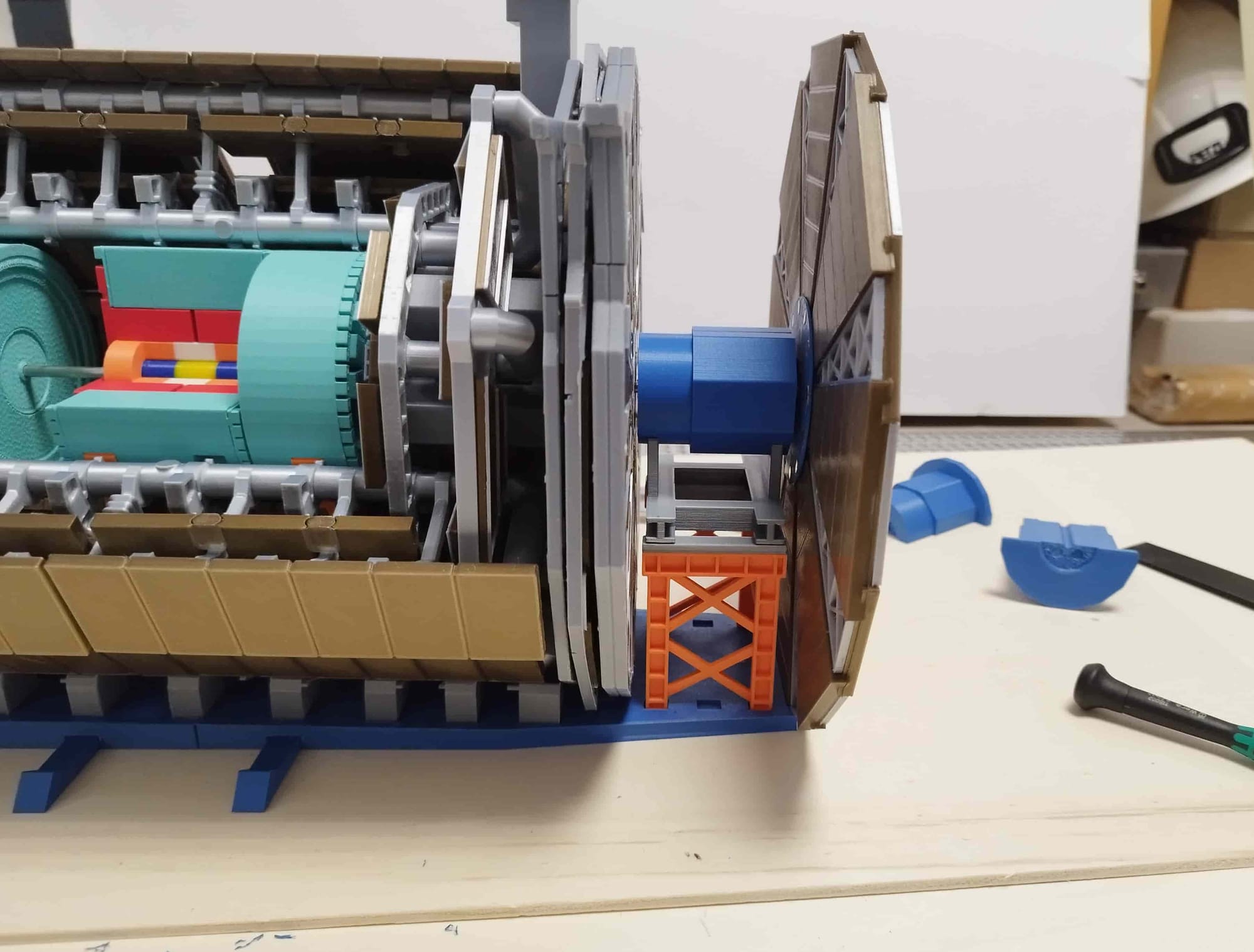
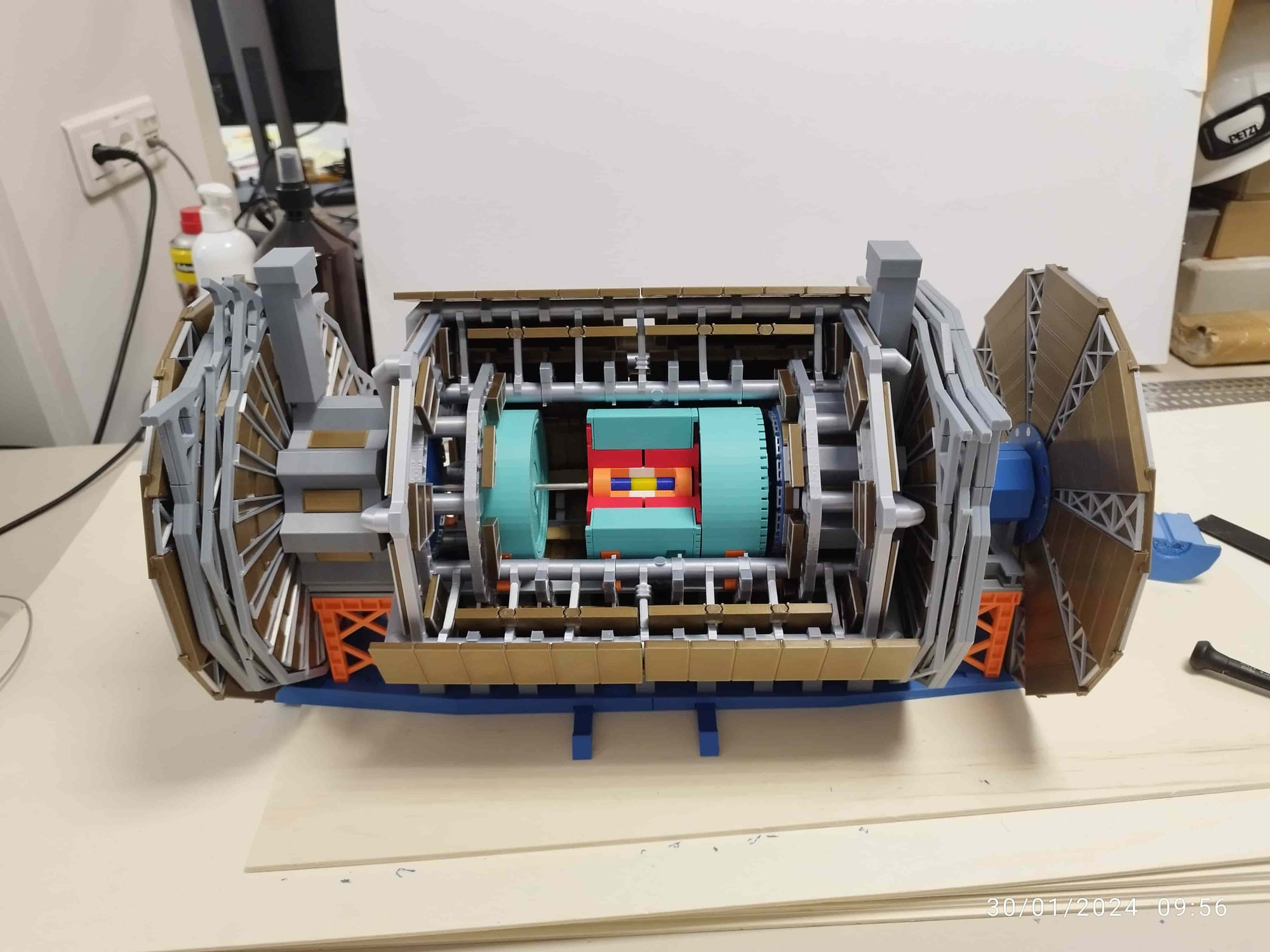
A few photos that Jan took when assembling his replica.
Projects like this go beyond just fun (though the Sheldons and Leonards of the world will undoubtedly enjoy this one). They are incredible resources for understanding complex scientific concepts. And it’s not every day you can say you have a scaled-down version of one of the world’s most iconic scientific experiments sitting on your desk!
Thank you, Jan, for sacrificing so many lunch breaks and so much free time to make this model available to us all. 💚



